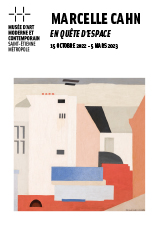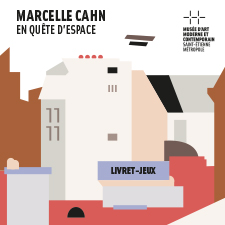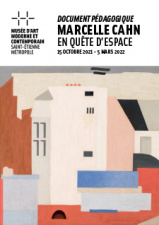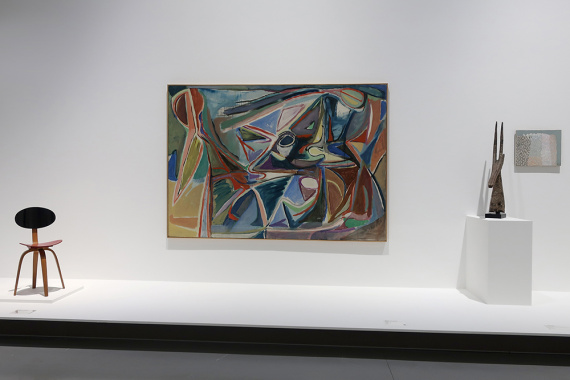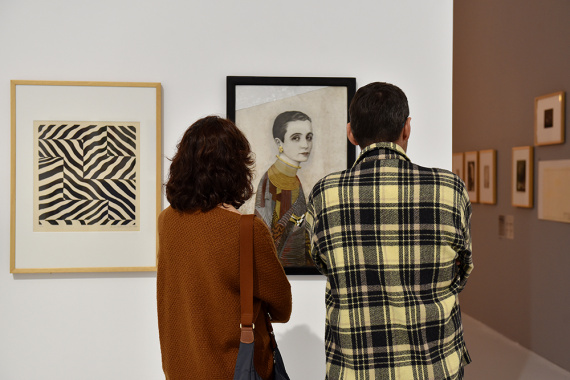DISCOVER THE FIRST MAJOR RETROSPECTIVE DEDICATED TO MARCELLE CAHN (1895-1981)
In terms of the history of 20th century art, this artist’s career began on the margins of the Expressionist and Purist tendencies and flourished in the 1950s with a lyrical yet highly rigorous free abstraction, from which emerged the remarkable achievement of the relief paintings and spatial paintings of the 1960s. From the infinitely small to the quest for an architectural space, Marcelle Cahn (who never renounced figuration, considering her “lyrical things” as a “recreation”) developed a singular language of purified and sensitive abstraction, devoid of dogmatism.
This exhibition illustrates the richness and uniqueness of Marcelle Cahn’s work. It revisits the different creative contexts in which this artist developed, from German Expressionism at the beginning of the 20th century to the main currents of geometric and lyrical abstraction. This chronological display brings together more than 400 artworks, covering all the techniques used by the artist, including paintings, graphic pieces, sculptures, photographs and collages. These are on loan from cultural institutions and French and foreign private collections, to which the artist donated her studio collection and archives in 1980.
An Alsatian born in Strasbourg, where she spent most of her youth, Marcelle Cahn trained in Berlin during the Great War under Lovis Corinth and Eugen Spiro, then with Fernand Léger and Amédée Ozenfant in Paris (where she chose to spend the last thirty-five years of her life). During the interwar period Marcelle Cahn participated in large events and movements in support of abstract art. Although supported and appreciated by influential artists and critics of her time, in the last years of her life she only rarely had solo exhibitions and lived in a rather isolated state, increased by periods of withdrawal from the art world. For material and health reasons, collage was the dominant technique practiced for the last fifteen years of the career of an artist inclined to rely on the minimum of resources at her disposal. This reflects the appetite of an artist driven all her life by the freedom and poetry of gesture, as well as the play of infinite variations.
“Dear Madam, you definitely deserve to be made citizen of honour of Saint-Étienne! I am delighted to consider you a benefactor of the Museum, and, all jokes aside, I am infinitely grateful for what you do for us.” It was in these terms that Maurice Allemand, curator of the musée d’Art et d’Industrie de Saint-Étienne (1947–1966) acknowledged in November 1958, amid a rich correspondence, the essential role of support provided by Marcelle Cahn to this establishment. The artist’s privileged connection with the stéphanois museum was expressed by her role as a go-between, interceding to implore numerous artists to enhance the museum’s collections. The exhibition visit is thus extended by a specific section bringing together around forty artworks from the MAMC+ collection.
The exhibition is organized with the Musée d’Art Moderne et Contemporain de Strasbourg MAMCS (from 29 April to 31 July 2022) and in partnership with the Musée des beaux-arts de Rennes. It will be presented at the Musée des Beaux-Arts in Rennes in the summer of 2023 and it will vary in format at each stage depending on the site.
MARCELLE CAHN IN A FEW KEY DATES

1895 : birth in Strasbourg, eldest child of an Alsatian Jewish family.
1914 : studies at the School of Decorative Arts in Strasbourg and at the same time studies philosophy at the University of Strasbourg. Discovers the paintings of Cézanne and Van Gogh.
1915-1918 : lives in Berlin. She attends classes given by Eugen Spiro and at Lovis Corinth’s studio, and attends exhibitions at Der Sturm gallery.
1915 : lives in Berlin. She attends classes given by Eugen Spiro and at Lovis Corinth’s studio, and attends exhibitions at Der Sturm gallery.
1920-1925 : lives between Paris and Strasbourg. She enrolls at the Ranson Academy (Paris) where Édouard Vuillard, Maurice Denis and Félix Vallotton teach.
1925-1930 : lives in Paris. Attends courses given by Fernand Léger and Amédée Ozenfant at the Académie Moderne. First abstract paintings. First material difficulties.
1930 : invited to join the “Cercle et Carré” group founded in 1929 by Michel Seuphor and Joaquín Torres García, Marcelle Cahn participates in the group’s one and only exhibition at Galerie 23, which features 85 abstract and constructivist artists. She returns to live in Strasbourg.
1932-1935 : lives in Paris which, due to the economic crisis and the rise of Nazism in Germany.
1939 : leaves Strasbourg. Buildings belonging to Alice Cahn’s family are subsequently occupied by the Nazis (in 1940), then bombed. Joins her brother in Toulouse.
1946 : back in Paris and resumes working. She gets back in touch with her friends, including Natalia Goncharova, Seuphor and Arp.
1949 : his first participation in the Salon des Réalités marks his return to the artistic scene.
1952 : first solo exhibition at the Voyelles gallery, Paris. Returns to the practice of collage. First eye problems.
1953 : first relief paintings.
1959 : first retrospective of the artist at the Simone Heller gallery, Paris. The French State and the Museums of the City of Strasbourg buy artworks by her.
1962-1964 : worsening of her problems related to sight. Stops painting.
1972 : major retrospective of her work organized by the CNAC at the Museum of Art and Industry in Saint-Étienne.
1980 : donation of her artworks and personal archives to the Strasbourg Museum of Modern Art.
1981 : died on 20 September in Neuilly-sur-Seine.
Marcelle Cahn (detail), by Shirley Goldfarb and Gregori Mazurowski, around 1955, silver print, 17,3 × 12,6 cm. MAMCS Archives, Marcelle Cahn Fund. Photo: Mathieu Bertola, Musées de la Ville de Strasbourg.
GENERAL CURATOR
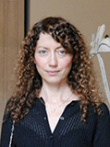
Cécile Godefroyis art historian, doctor of the University of Paris IV-Sorbonne and member of the International Association of Art Critics. She has taught at French and American universities in Paris. She is a specialist in the historical avant-garde and in transdisciplinary issues in art. She was co-curator of the exhibitions Sonia Delaunay. The colors of abstraction (Musée d’art moderne de la ville de Paris; Tate modern, London, 2014-15) and Picasso. Sculptures, Musée national Picasso-Paris; BOZAR, Brussels, 2016-17; and curator of the exhibitions Picasso’s musics, Musée de la Musique - Philharmonie-Paris, 2020; Picasso ibero, Centro Botín, Santander, 2021.
Author of numerous books and essays on Picasso’s work, she has just joined the Musée National Picasso-Paris to direct the future Centre d’Études Picasso which will open in autumn 2023.
ASSOCIATE CURATORS

Alexandre Quoi
Chief curator of the MAMC+
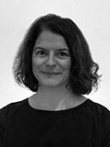
Barbara Forest
Chief Curator of Heritage at MAMCS Strasbourg
Catalogue
Marcelle Cahn. En quête d'espace
Marcelle Cahn (1895-1981) a longtemps été présentée comme une artiste "discrète", développant humblement son œuvre à l’ombre des grands noms des avant-gardes. L’artiste fait aujourd’hui l’objet d’une nécessaire redécouverte : de l’infiniment petit à la quête d’un espace total, elle a développé un langage épuré et sensible où rigueur et fantaisie constituent le point d’équilibre d’une œuvre portée par la liberté et la poésie du geste, ainsi que le jeu des infinies variations.
Textes :
Paul Lang, Aurélie Voltz, Jean-Roch Bouiller, Cécile Godefroy, Barbara Forest, Sophie Goetzmann, Serge Lemoine, Anne Montfort-Tanguy, Domitille d’Orgeval, Isabelle Ewig, entretien de Bernard Ceysson avec Alexandre Quoi, entretien de Serge Lemoine avec Cécile Godefroy et Alexandre Quoi.
Le catalogue comprend une version anglaise de tous les essais, en fin d’ouvrage.
Directrice d’ouvrage : Cécile Godefroy ; direction associée : Alexandre Quoi et Barbara Forest. Coédition par les éditions des Musées de Strasbourg, le Musée d'art moderne et contemporain de Saint-Étienne Métropole et le musée des Beaux-Arts de Rennes. 336 pages, 360 illustrations.
Prix : 44 euros.
APPROX. 400 WORKS
Paintings sculptures
GRAPHIC ARTS, PHOTOGRAPHS, COLLAGES
PERSONAL RETROSPECTIVE

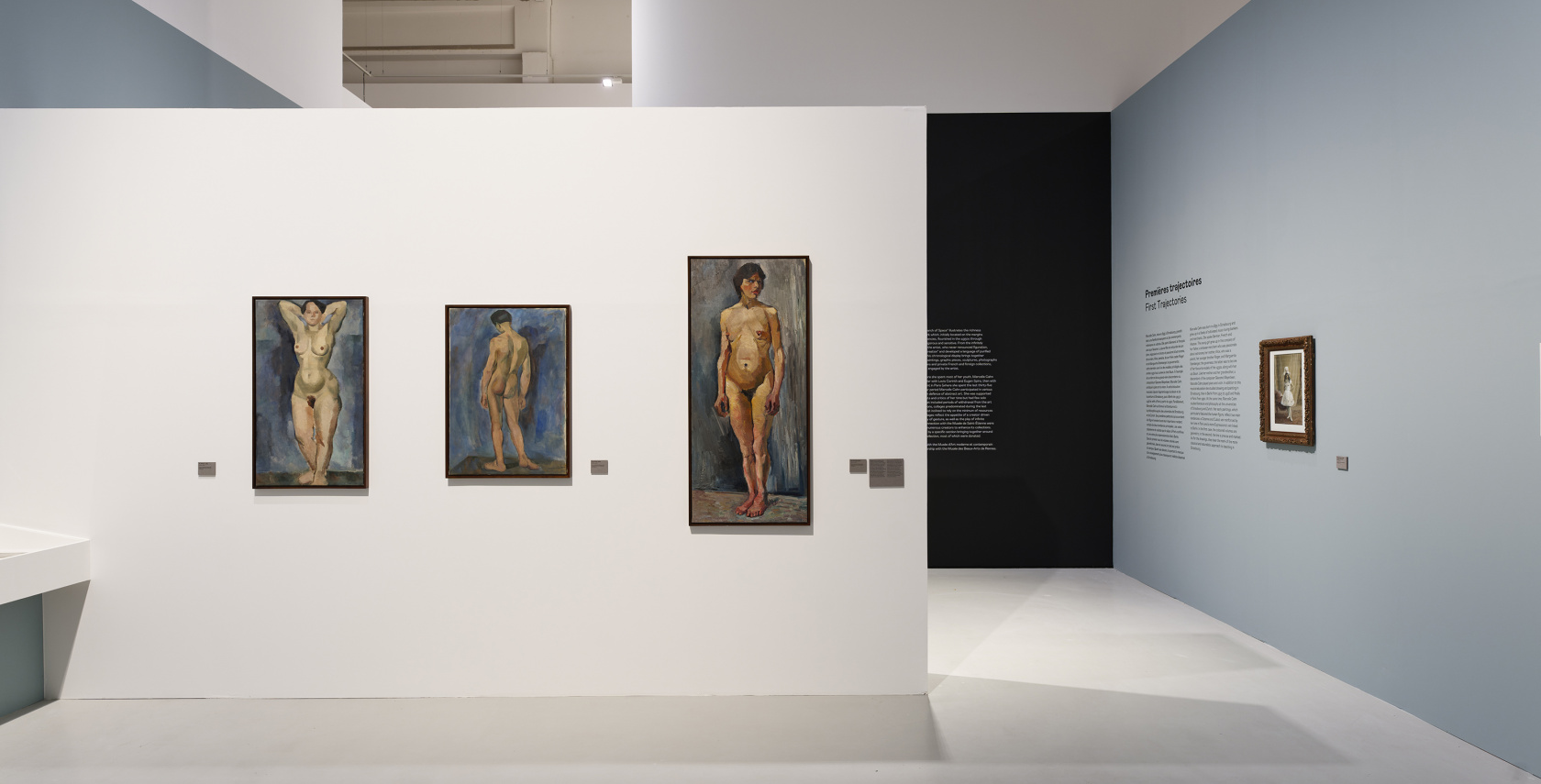
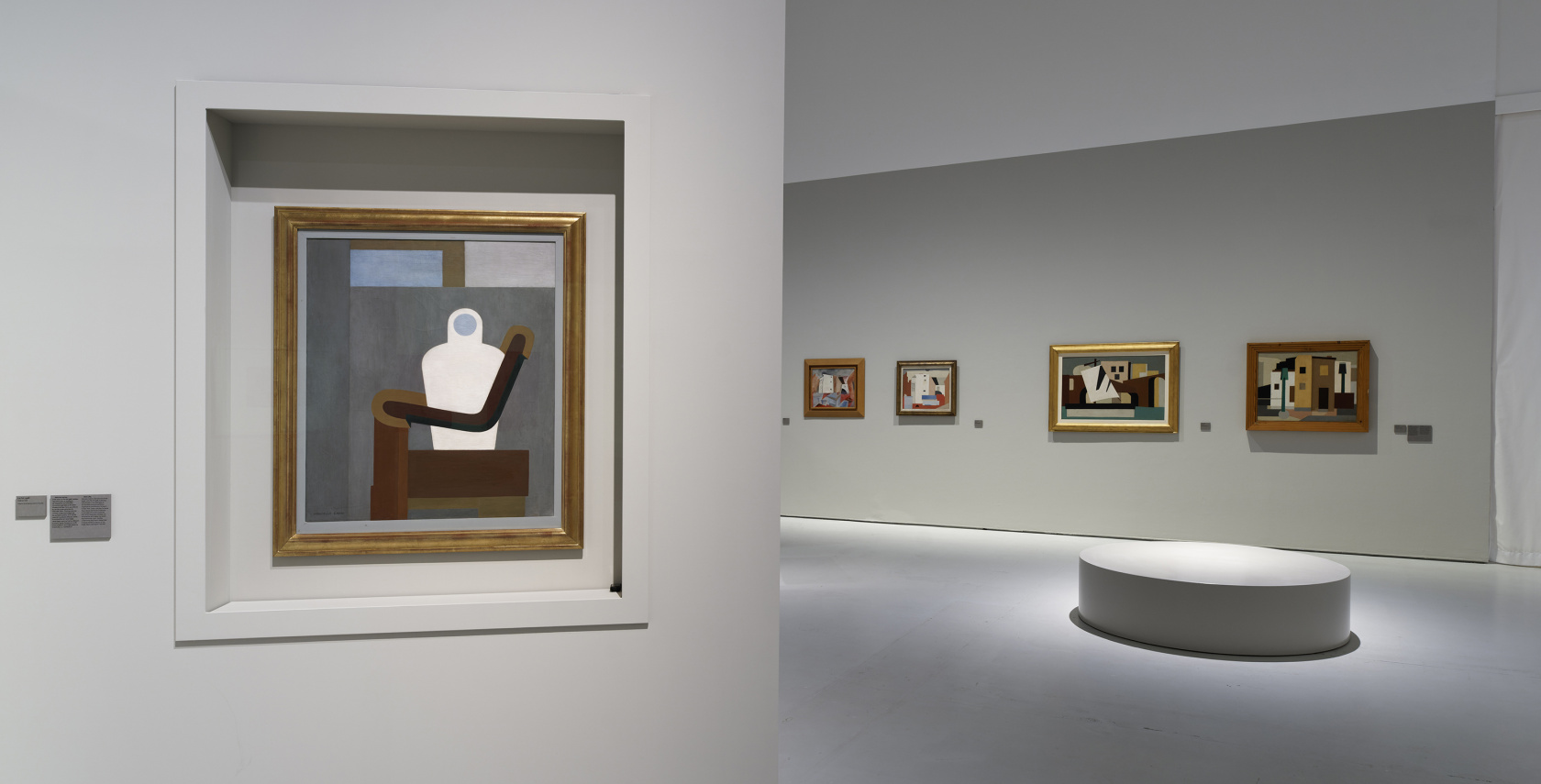
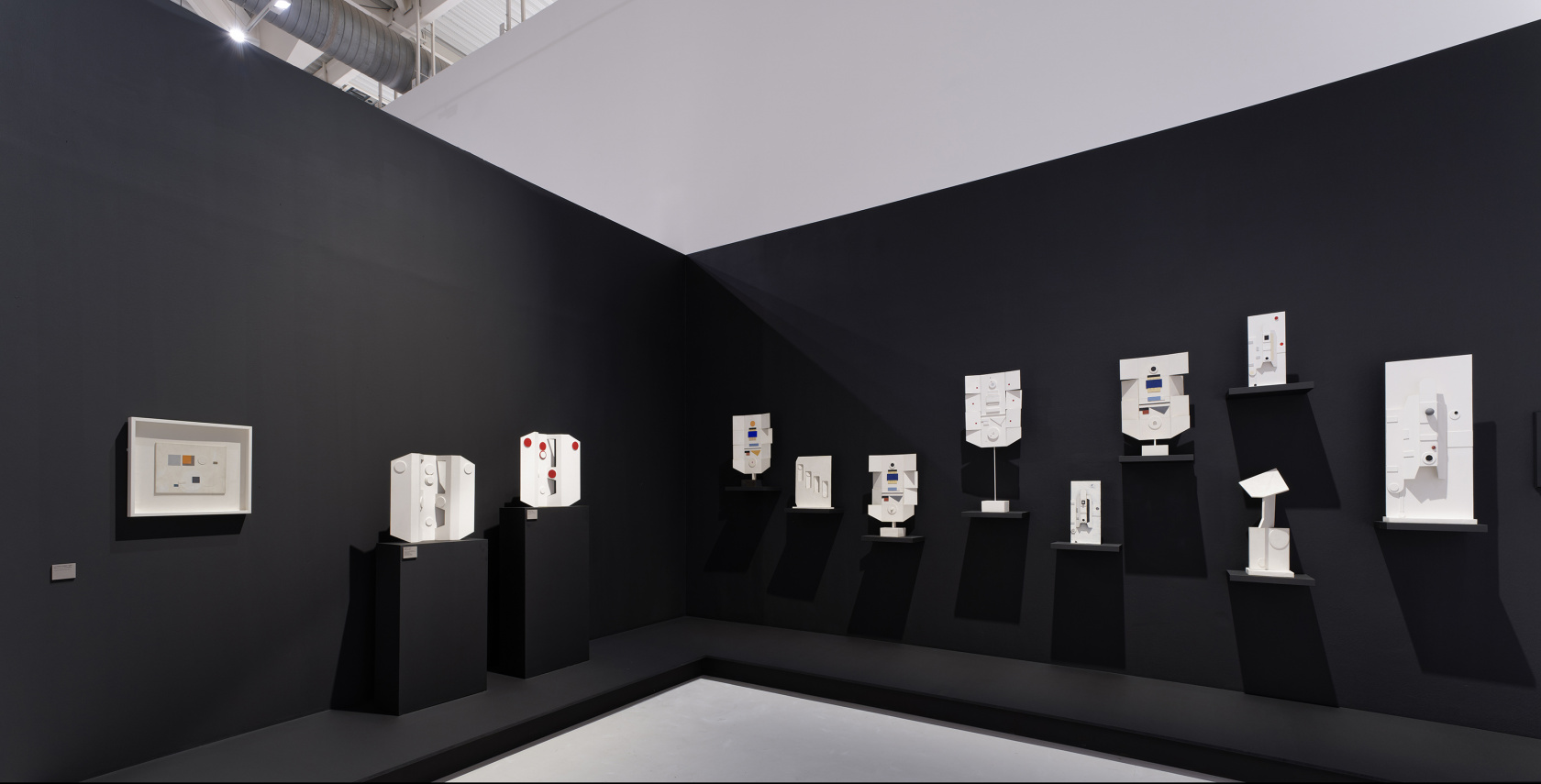

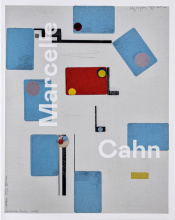

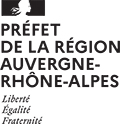
![Marcelle Cahn, « Nu berlinois » [Berliner nude], 1916](/sites/default/files/styles/870_490/public/upload/medias/images/20221015-20220305-EXPO-Cahn-POUR-APPR-01V1-nu-berlinois-L1700_0.jpg?itok=uJsKKIaG)
![Marcelle Cahn, « Les Trois raquettes » [The three rackets], 1926](/sites/default/files/styles/870_490/public/upload/medias/images/20221015-20220305-EXPO-Cahn-POUR-APPR-02V1-les-trois-raquettes-L1700.jpg?itok=DWENJA_Y)
![Marcelle Cahn, "Avion-Forme aviatique" [Aviatic Plane-Form], 1930](/sites/default/files/styles/870_490/public/upload/medias/images/20221015-20220305-EXPO-Cahn-POUR-APPR-10V1-forme-aviatique-L1700.jpg?itok=L88leYfI)
![Marcelle Cahn, Les Toits [Roofs], 1927](/sites/default/files/styles/870_490/public/upload/medias/images/20221015-20220305-EXPO-Cahn-POUR-APPR-11V1-les-toits-L1700.jpg?itok=HcEemMj8)
![Marcelle Cahn, « Sans titre (Main » [Untitled (Hand)], 1930](/sites/default/files/styles/870_490/public/upload/medias/images/20221015-20220305-EXPO-Cahn-POUR-APPR-03V1-sans-titre-main-L1700.jpg?itok=7Auqb-r6)
![Marcelle Cahn, « Triptyque, Peinture-relief » [Triptych, Relief painting], 1953](/sites/default/files/styles/870_490/public/upload/medias/images/20221015-20220305-EXPO-Cahn-POUR-APPR-04V1-triptyque-peinture-relief-L1700.jpg?itok=JfVR_Ejn)
![Marcelle Cahn, "Sans titre" [Untitled], 1956](/sites/default/files/styles/870_490/public/upload/medias/images/20221015-20220305-EXPO-Cahn-POUR-APPR-05V1-sans-titre-L1700.jpg?itok=dERxdXEz)
![Marcelle Cahn, "Sans titre" (dessin-poème), [Untitled (drawingpoem)], 1956](/sites/default/files/styles/870_490/public/upload/medias/images/20221015-20220305-EXPO-Cahn-POUR-APPR-06V1-sans-titre-dessinpoeme-L1700.jpg?itok=1pwBOmWF)
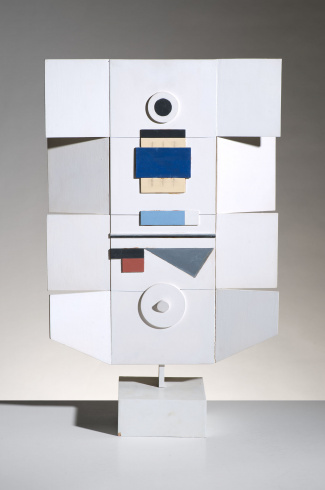
![Marcelle Cahn, "Sans titre" [Untitled], around 1972-1975](/sites/default/files/styles/870_490/public/upload/medias/images/20221015-20220305-EXPO-Cahn-POUR-APPR-08V1-sans-titre-collage-carte-postale-L1700.jpg?itok=xVXugDB5)
![Marcelle Cahn, "Sans titre" [Untitled], 1972-1973](/sites/default/files/styles/870_490/public/upload/medias/images/20221015-20220305-EXPO-Cahn-POUR-APPR-09V1-sans-titre-serigraphie-L1700.jpg?itok=f4DJ0BED)
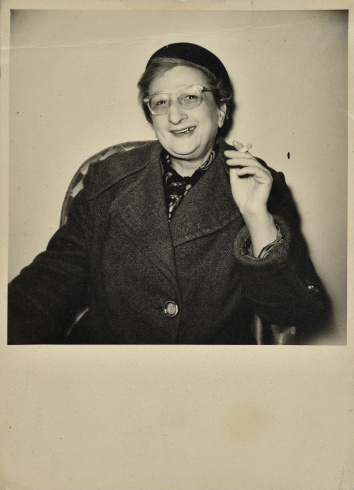
![Aurelie Nemours, « Composition abstraite », [Abstract composition], 1958](/sites/default/files/styles/870_490/public/upload/medias/images/20221015-20220305-EXPO-Cahn-POUR-APPR-13V1-aurelie-nemours-L1700.jpg?itok=ReJmU56r)
![Léon Tutundjian, "Sans titre" [Untitled], 1925-1926](/sites/default/files/styles/870_490/public/upload/medias/images/20221015-20220305-EXPO-Cahn-POUR-APPR-14V1-leon-tutundjian-L1700.jpg?itok=h9Q-LC01)
![Amédée Ozenfant, "Nature morte puriste" [Purist still life], 1921,](/sites/default/files/styles/870_490/public/upload/medias/images/20221015-20220305-EXPO-Cahn-POUR-APPR-15V1-amedee-ozenfant-L1700.jpg?itok=8N6mUymY)
![Carmelo Arden Quin, "Composition géométrique" [Geometric composition], 1958](/sites/default/files/styles/870_490/public/upload/medias/images/20221015-20220305-EXPO-Cahn-POUR-APPR-16V1-carmelo-arden-quin-L1700.jpg?itok=RsTfzK9_)
![Sophie Taeuber-Arp, « Composition dans un cercle » [Composition in a circle], 1938](/sites/default/files/styles/870_490/public/upload/medias/images/20221015-20220305-EXPO-Cahn-POUR-APPR-17V1-sophie-taeuber-arp-L1700.jpg?itok=3uHaPBoa)
![Véra Pagava, « Ville enchantée » [Enchanted city], 1961](/sites/default/files/styles/870_490/public/upload/medias/images/20221015-20220305-EXPO-Cahn-POUR-APPR-18V1-vera-pagava-L1700.jpg?itok=OTaSEYsf)

